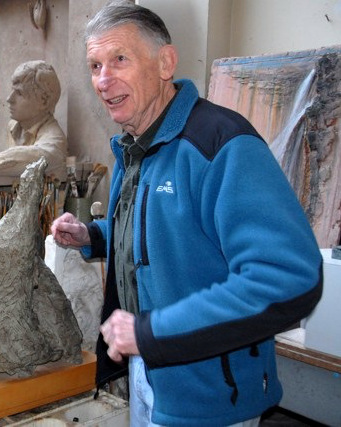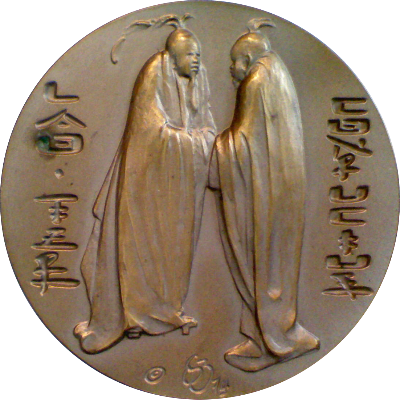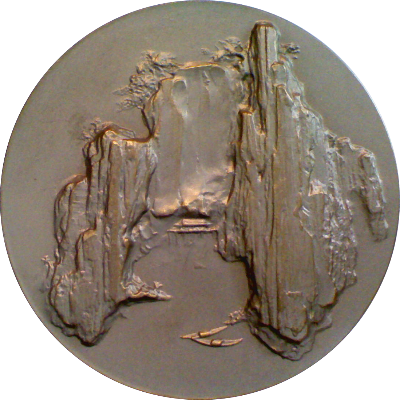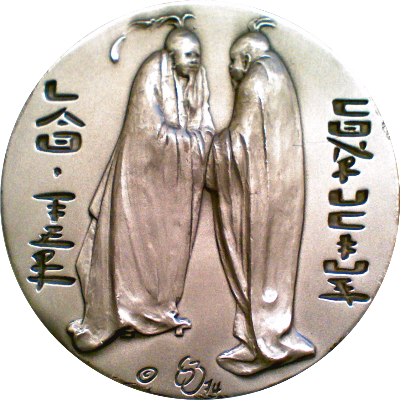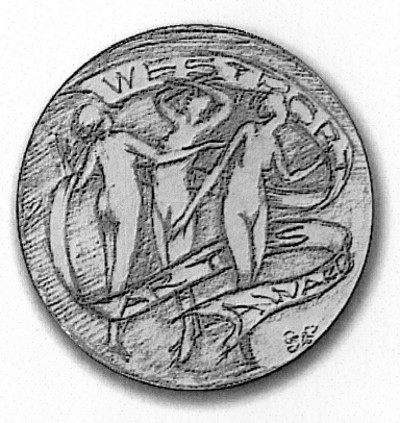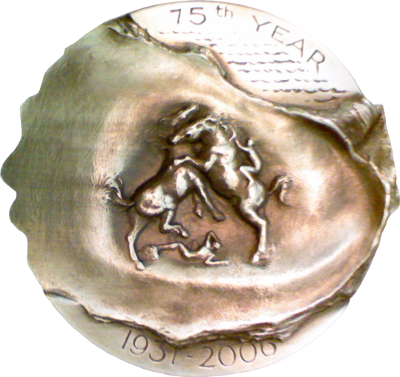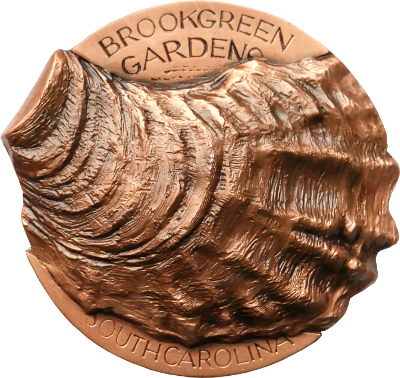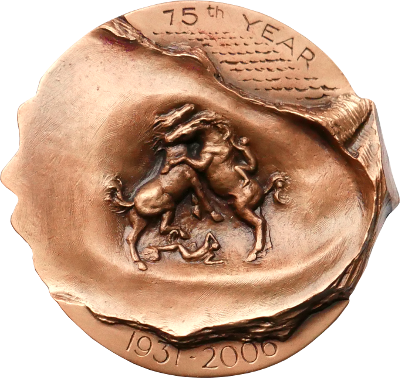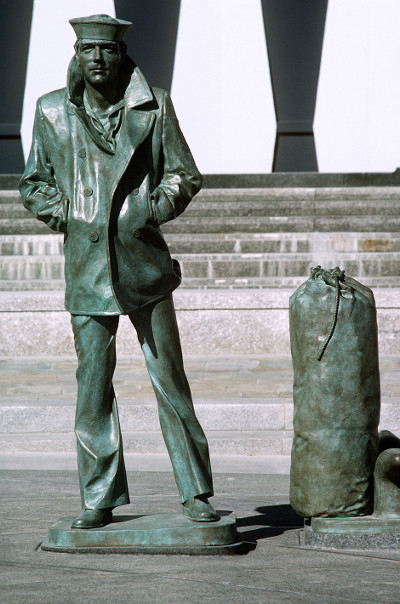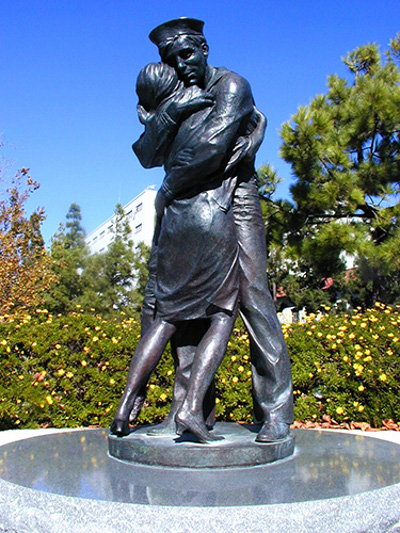Stanley Bleifeld was born in Brooklyn in 1924. He pursued a degree in art education at Temple University but his education was interrupted when he joined the Navy during World War II. While he had wanted to serve on submarines, the Navy quickly recognized his artistic talent and used him to make drawings of equipment instead. He returned to college after the war and graduated with a Masters degree in 1949. Following graduation, he spent time at a camp in the Catskills and met Naomi (Nicky) Ruby, a young woman twenty years of age. By the end of summer the two were married. Bleifeld found empoyment as an art teacher in Weston, Connecticut and the young couple moved to the town that they would live in till Bleifeld's death.
Bleifeld was a painter but a trip to Italy would change his career dramatically. In 1960, Naomi and Stanley traveled to Europe for the first time. A sculptor friend in Italy encouraged Bleifeld to give sculpture a try. "Come on, give it a try!" are the words that Naomi recalls. He started working in wax and never turned back. From that time on, the Bleifelds would travel to Italy every summer and Stanley became a sculptor.
Bleifeld was not a religious person, but he was deeply influenced by the religious sculpture in Italy. For the next ten years his sculptures were mainly of stories from the Bible with only a few non-religiously themed sculptures of people working at a foundry in Italy, a butcher and a baker, kids and landscapes. "He always felt that sculpture had to have meaning. It didn't matter if it was the same meaning between people, but the sculpture had to say something to you,"said his wife Naomi.
He became well known with his first commissioned piece, called "The Prophets", a set of sculptures for the Vatican pavillion at the World's Fair in Queens in 1964. He was also elected a member of the National Sculpture Society in that year. Bleifeld had developed a unique style characterized by the interplay of rough and smooth surfaces, giving the finished piece a dramatic appearance.
The family grew with the births of his daughters Becky and Emily and they kept returning to Pietrasanta every summer to cast at the local foundries and to search for inspiration. These trips to beautiful Tuscany caused Bleifeld to slowly shift away from the human figure towards landscape. Many of his later sculptures were brilliantly executed landscapes defined by his rugged style.
In the last phase of his professional life he was commissioned to create several public monuments, including the famous Lone Sailor at the U.S. Navy Memorial in Washington, D.C., It Seemed Like Reaching for the Moon at the Virginia Civil Rights Monument in Richmond, Virginia, The Homecoming at the Navy Memorial. He also created sculptures for the Baseball Hall of Fame.
Stanley Bleifeld died in 2011, four days after a cerebral hemorrhage resulting from a head injury in his Weston studio.
